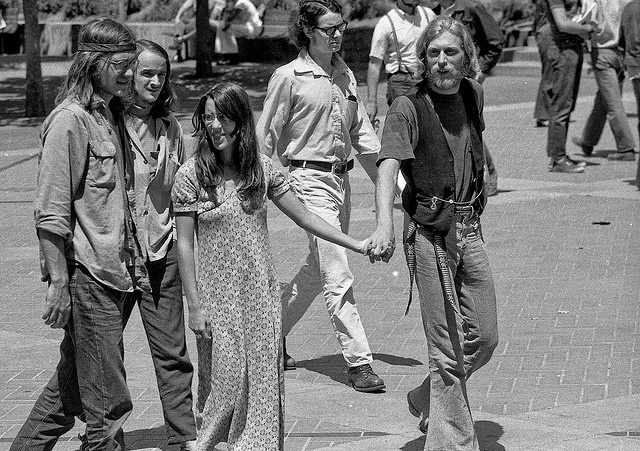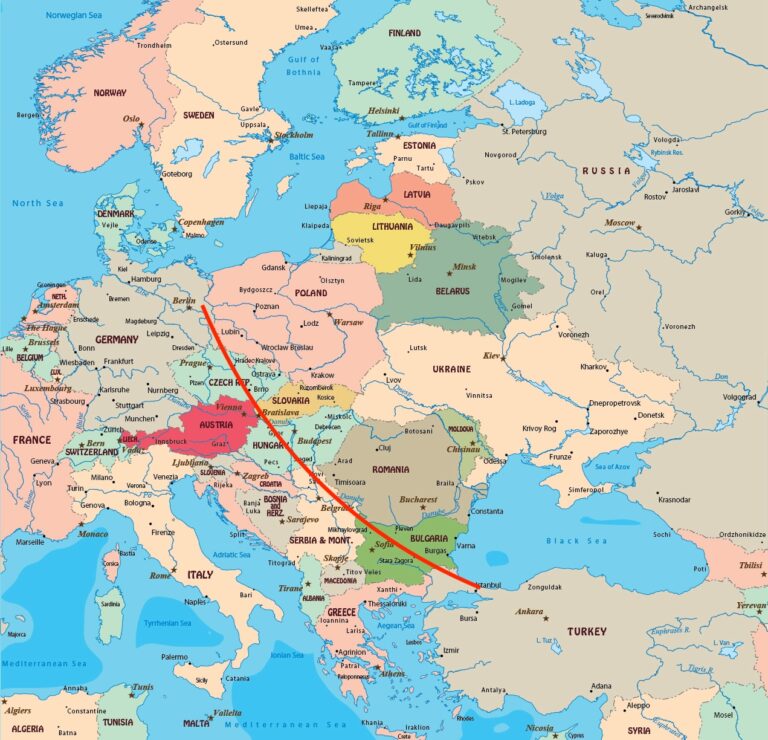By Andrea Tucci,
Certainly, the creative flair of famous brands, over the years, also contributed to making them icons of social and cultural changes.
Coca-Cola
The Coca-Cola story began in 1886 when an Atlanta pharmacist, Dr. John Pemberton, who was wounded in the Civil War and became addicted to morphine, began his mission to create a better alternative. The first prototype, a flavoured syrup, created in Pemberton’s Eagle Drug and Chemical House, was mixed with carbonated water and sold at the local pharmacy.
The Coca-Cola brand name was the brain-child of Pemberton’s bookkeeper and partner, Frank M. Robinson inspired by the two key ingredients; Coca leaves and Kola nuts (the source of caffeine). Robinson also created the icon logo saying “the two Cs would look well in advertising”. A stroke of his pen and a stroke of genius that would last more than 100 years.
Lego
The Lego brand story is as elegantly simple as the iconic plastic blocks themselves.
The company began in the workshop of Danish carpenter Ole Kirk Christiansen in 1932 where he crafted wooden toys.
His inspiration for the name came from the Danish term for ‘play well’ – leg godt. By combining the first two letters of each word he created a unique and meaningful brand name that has transcended countries and generations.
Nike
Founded in 1964 by University of Oregon athlete Phil Knight and his coach Bill Bowerman, Nike started its life as Blue Ribbon Sports, a sportswear distributor, selling gear out of the boot of Knight’s car.
Jeff Johnson the company’s first employee, who ran the East Coast factory, inspired by an article he’d read in an in-flight magazine, woke at 7 am with a brainwave – Nike – the Greek winged goddess of victory.
On May 30, 1971, Blue Ribbon Sports became Nike Inc. The swoosh logo was designed by Carolyn Davidson, Portland State University graphic design student. The brand logo is called “Swoosh”, an onomatopoeic word, which in English indicates the speed and rustle of the wind.
Sony
In 1946 businessman Masaru Ibuka established Tokyo Tsushin Kogyo with a vision of “establishing an ideal factory that stresses a spirit of freedom and open-mindedness that will, through technology, contribute to Japanese culture.”
During a business trip to the United States, he quickly discovered that Americans had trouble pronouncing his company’s name. To be a successful international brand, Masaru realised he had to change the company name.
In 1958 the name ‘Sony’ was chosen – inspired by the Latin word ‘sonus’ meaning sonic and sound. The name had a second meaning – ‘sonny’, a Japanese slang term describing a smart and presentable young man.
Apple
The Apple logo was much more complex in its early days as it depicted the scene of Isaac Newton in his key moment with the apple, when he had his greatest inspiration. However, Steve Jobs thought it was too complicated and commissioned it to be redesigned, giving rise to the famous bitten apple.
When it first appeared, the apple had colored stripes, like a rainbow, probably to highlight the computer’s ability to reproduce colors, or simply to “humanize” the company. However, years later, the only restyling it received was to give it a unique, more serious and formal tone, switching to a single-colour black logo.
Google’s first logo was the word “BackRub” which was also its name because the search engine found pages through backlinks. However, Larry Page and Sergey Brin, the two founders, wanted to give a name that could immediately communicate the ability to organize millions of pieces of information on the web. The choice therefore fell on the word “Googol”, then they made a mistake in registering the name “Google” and left it like that…
Amazon
Amazon founder Jeff Bezos, now the richest man in the world, changed the brand name three times in the first year of business before finally settling on the name for, what is now, one of the world’s most iconic brands.
The first name Jeff registered was ‘Cadabra’. However, Jeff very quickly went cold on the idea when his accountant miss heard him and thought the name was ‘Cadava’ to close to cadaver….
Back to brainstorming – Jeff’s next naming brainwave was ‘Relentless’. However, soon after registering the name and domains, Jeff’s friends and colleagues confessed that they thought the name sounded too sinister.
In desperation, Jeff turned to the dictionary. He wanted the new name to start with the letter A so the company would appear first in a web search. It wasn’t long before he stumbled upon the perfect name – Amazon.
Amazon was exotic and different, just as he wanted his online store to be. It was also the largest river in the world, 10 times larger than the next contender ,perfectly fitting the vision Jeff had for his business.
Vodafone is one of the most recognised, iconic and valuable telecommunication brands in the world. However, the journey has been an interesting one with numerous owners and as many different names.
It all began in 1951 in West London with a company named Racal Ltd who designed and built radio receivers.
In 1985 the name Vodafone was chosen for the network – “voice + data + phone” – inspired by the advertising agency, Saatchi & Saatchi and one of the original company directors.
It’s all about how a small idea can grow into a global phenomenon, embracing change…Infact, some brands that have been strongly associated with historic changes in terms of sociological changes, freedom, and equality.
Levi’s: Levi’s jeans became an icon of social and cultural change, associated with youth rebellion and the culture of hard work. They were adopted by various countercultural movements, like the hippies of the 1960s and 1970s, who perceived Jeans as a symbol of nonconformity and freedom.
Volkswagen, particularly with its Beetle and Kombi model, indeed became an icon of social and cultural change, often associated with youth rebellion and a sense of individuality, adopted by various countercultural movements, like the hippies of the 1960/70s, who viewed these vehicles as a symbol of nonconformity and freedom.
Those Volkswagen model influence extended beyond its function as a mode of transportation. It appeared in popular culture, including movies, television shows, and music, further solidifying its status as an icon of social change, representing youth rebellion and a shift away from traditional values.
Throughout these years, both McDonald’s and Coca-Cola emerged as iconic symbols of globalization and popular culture, mirroring societal and cultural shifts over time.
The history of a brand is not just a relic; it is a living entity.
Let’s not forget that the story behind a brand, often contains the secrets of the brand’s success…
Image: A group of individuals, embodying the spirit of counterculture, captured amidst the iconic Woodstock music festival of 1969 in the United States.



